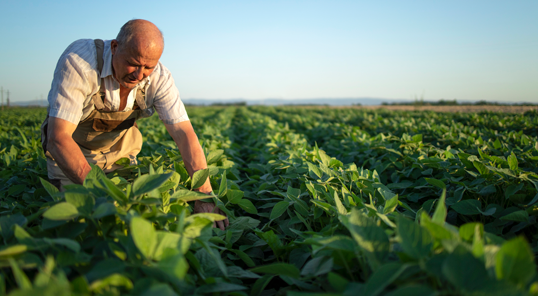
Image: Pixabay
Silty soil has little coherence and easily turns into mud in contact with water, being an intermediate between sand and clay. They are made up of silt and rock fragments and are considered unstable and susceptible to erosion.
The protocols were implemented in conditions of medium soil texture with analysis of results of 19% of clay, 5% of silt and 76% of sand. The objective is to offer a new alternative. “We are showing the producer a variety of soybean plantations in silty soils and passing on the results in full to the man in the field, so that he can choose what is best when planting”, said the rural producer and delegate of Aprosoja- MT, Mateus Goldoni.
{module Form RD}
At the event, consultant and researcher Leandro Zancanaro emphasized the importance of the rational use of fertilizers and the need for the input for agriculture. “The cerrado soil is poor in nutrients and acidic, and we are approaching the 2022/23 harvest and for those who did not buy fertilizers, they will face a high cost and during this period the producer will have to make rational use of the input. We point out where to use and how to take advantage of the soil reserve without compromising productivity, because the answer is not in the product but in the management as a whole”, declared Zancanaro.
For the vice-president of Aprosoja-MT, Lucas Costa Beber, nowadays we have many products offered to producers, hundreds of varieties of soybeans to plant, but we know that there is marketing behind this, we can only know if It is profitable or not by testing, putting it in the field and comparing, doing the basics and doing it well, we can achieve results that bring productivity and income to the producer.
For him, the rise in fertilizers in recent years has made purchasing unfeasible. “The time is now to use technology, knowledge, carry out soil analysis, a good straw cover to recycle nutrients and then guarantee less use of fertilizers and greater profitability in the field”.
By: Eliza Maliszewski | agrolink












